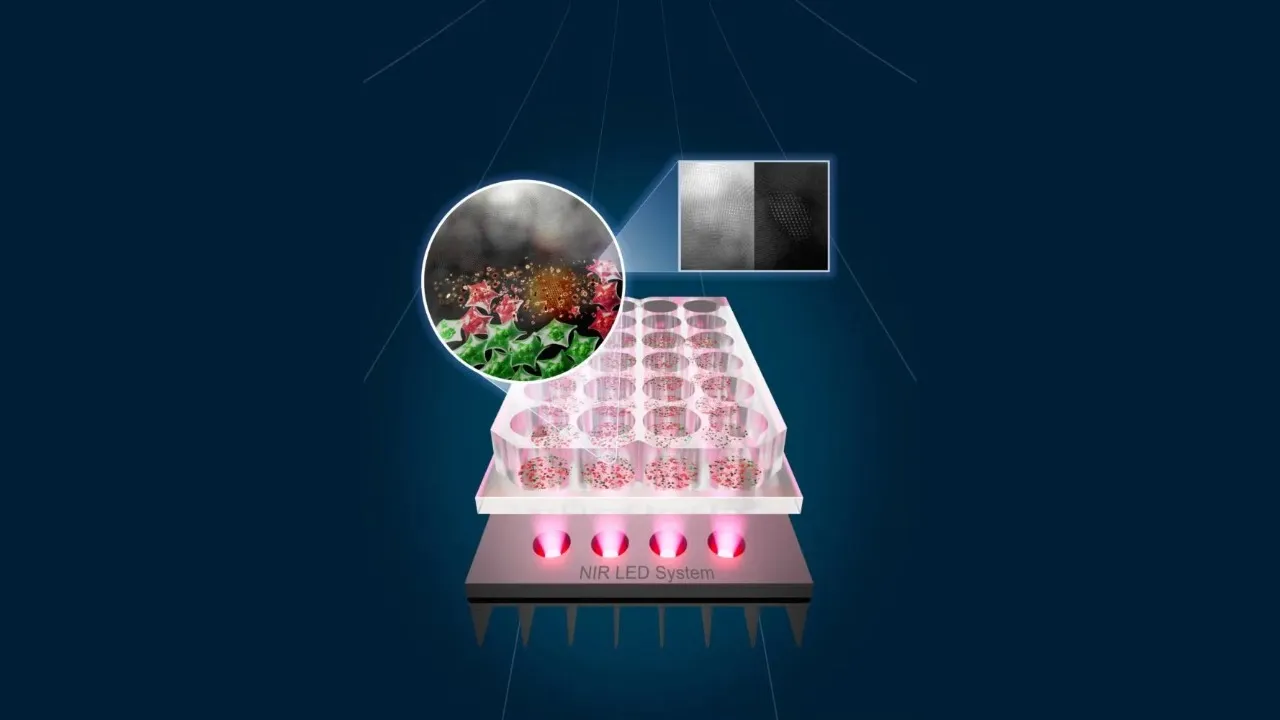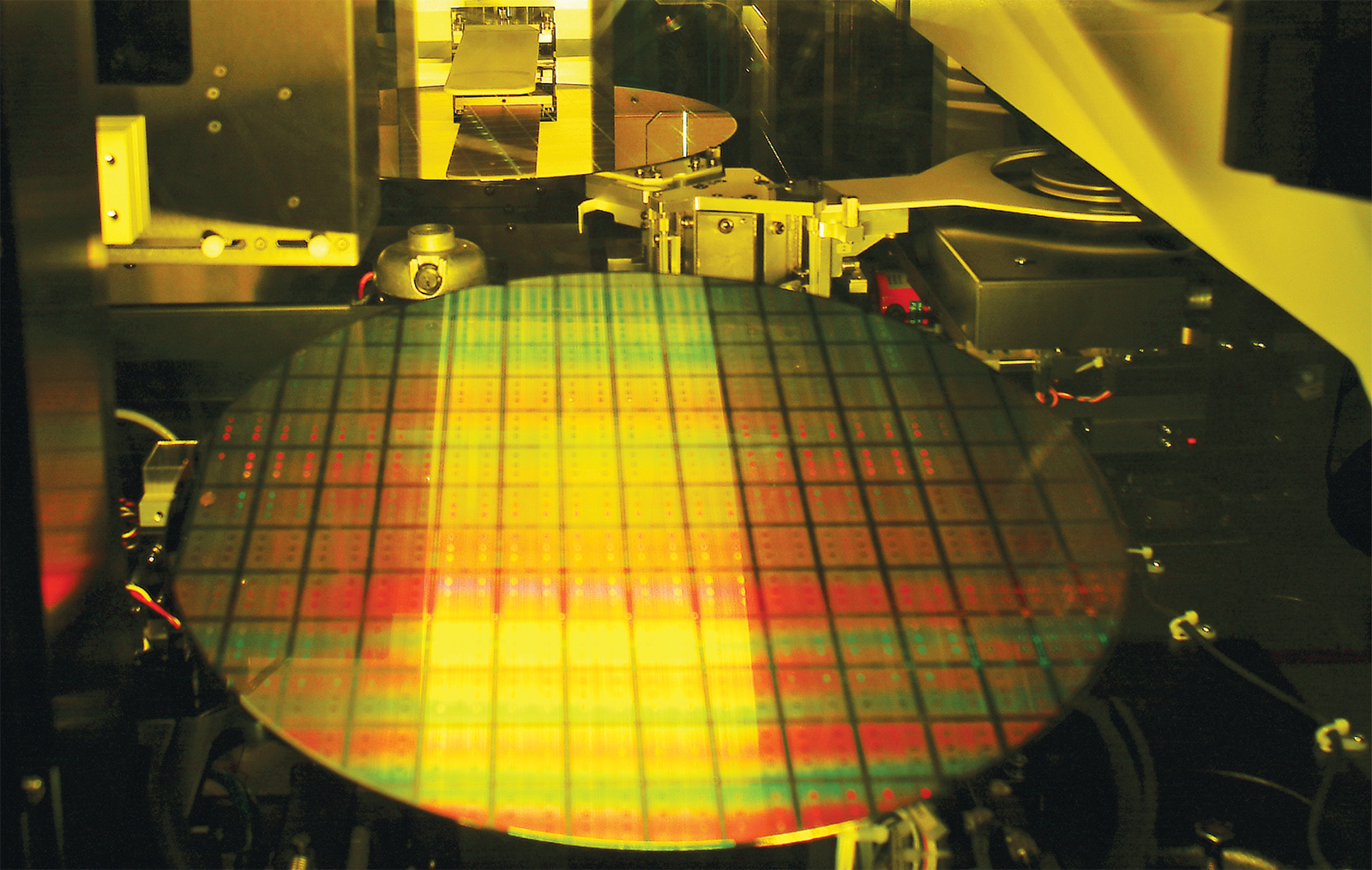Copyright FOX 4 News

Researchers at The University of Texas at Austin and the University of Porto in Portugal, through the UT Austin Portugal Program, have developed what they say is a remarkable cancer treatment that combines LED light and tiny tin flakes to kill cancer cells while shielding healthy cells. Dig deeper: In their study, researchers conducted their treatment on skin cancer cells and colorectal cancer cells, placing the cells in separate test tubes with flakes of tin oxide, what researchers called "SnOx nanoflakes." "Sn" is the symbol for tin on the periodic table. The test tubes were exposed to an infrared LED light and in just 30 minutes of exposure, researchers said the heat treatment killed up to 92% of skin cancer cells and 50% of colorectal cancer cells, and left healthy cells unharmed. What's next: Researchers say they plan to learn more about the light and heat reaction and develop devices to bring the technology to clinicians and patients. The UT Austin Portugal Program is a science and technology joint venture between the University of Texas at Austin and the University of Porto in Portugal. What is skin cancer? Skin cancer is the most common form of cancer around the world and starts as the growth of abnormal cells on the skin, typically developing on skin exposed to the sun. The cells can invade and destroy healthy body tissue and can break away and spread to other parts of the body. There are many kinds of skin cancer, with the most common skin cancer being basal cell carcinoma and squamous cell carcinoma and can often be cured. The most dangerous form of skin cancer is melanoma, which is more likely to spread, making it harder to cure. You can reduce your risk of skin cancer by wearing clothing when out in the sun as well as sunscreen. What is colon cancer?



